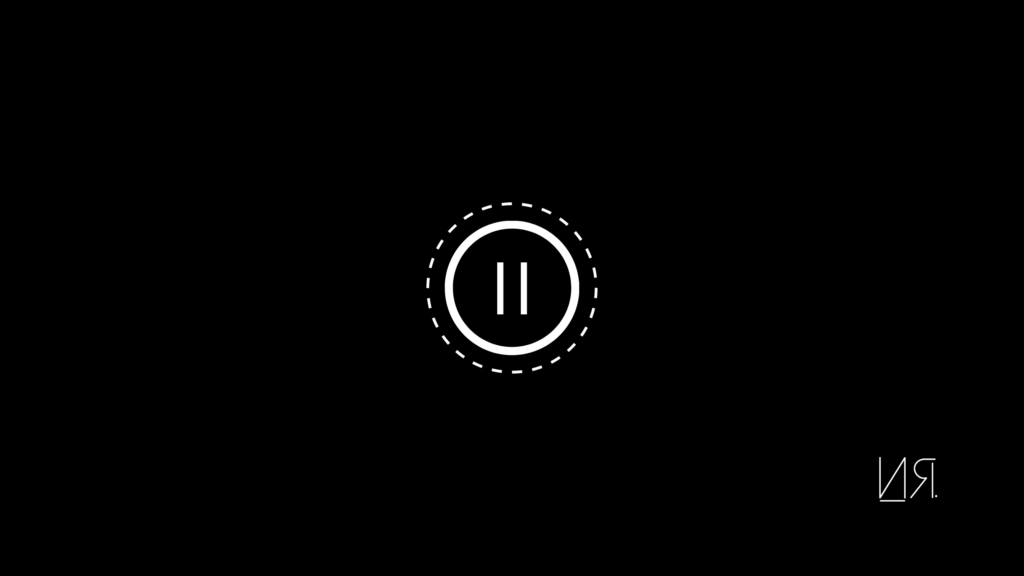Bless your eyes this morning.
The sun is on the rise once again.
That’s how one of my favorite Bob Marley songs starts. Very optimistic. Starts with the renewal of the day. The daily sunrise we’ve become so accustomed to.
Then he switches.
“The way earthly things are going.
Anything can happen..you see.”
Just like the name of the song, there’s so much trouble in the world. (I know. Buzzkill right?)
Perhaps, your story can save the day.
What’s on the rise again?
You’ve heard me say this many times.
But I’ll keep pounding the pavement until we march forward and buck the trend.
Shhh…Listen carefully.
Turn the lights down low.
And pull the window curtains.
Because just like the sun, global unhappiness is on the rise.
According to Gallup studies that have been tracking levels of happiness with its wellness index, we are currently at an all-time high of global unhappiness.
This unhappiness is fueled by a growing inequality but it is not only isolated to income inequality. It is a “well-being inequality”.
A great life is more than just money.
After studying the 20% of people who report having a great life, Gallup found they have five things in common: They are fulfilled by their work, have little financial stress, live in great communities, have good physical health, and have loved ones they can turn to for help.
The people on the other side of the spectrum rank all these attributes as low on their list.
Not everyone is on the end of the bell curve. Only 10% of the world population described their situation as being in the highest or lowest fifth of well-being.
That gives a full 90% that has a varying range of well-being.
It’s not surprising that you and I cycle through different waves of happiness and unhappiness each day.
A big part of this is that we are not our full selves.
A lot of us are in jobs where we feel stuck, stressed, and unfulfilled.
Even when you venture out on your own, a lack of confidence can hinder you from financial freedom on your terms.
This internal resistance manifests itself in procrastination, overthinking, and distractions.
Delaying the one important thing, we say: “I’ll get to my happiness another day.”
The reality is that no one is out in the streets, handing out meaning and happiness to people.
The meaning of life is to give life meaning.
You have to cultivate it like a garden.
A big part of cultivating meaning is nurturing your story.
The narrative of your life.
Telling your story is not just an end product: a book, a brand, or a business.
It is a process of finding yourself and enriching your life. When you craft and tell your story, you assert that your everyday experience is important. This helps you approach life in a more meaningful way.
In turn, making life more interesting.
Telling your story will transform your life.
7 steps to find, craft, and tell your story
When you pick up on how to find, craft, and tell your story, you will begin connecting with people in more authentic ways.
You’ll foster both your personal and business growth. You’ll gain the self-confidence to strive for your financial freedom goals, and most importantly, you’ll get the satisfaction of living a more meaningful life.
Here are 7 steps to find and tell your story.
1. Do the “homework for life“
Finding your story is all about paying attention.
I hear this a lot when I consult with people: “but I don’t have anything interesting to say”. Why say such things about yourself? Yes, you do. You might just be zooming through life.
Try this homework for life.
At the end of the day, ask this question: what about today is different from any other day?
Write one sentence to remember.
Keep track in an excel file. You will notice patterns and your life becomes more interesting.
Do this homework for 3 months and you have 90 new stories.
2. Build atomic notes
Old idea + your idea = new idea
Another thing I hear a lot is: ” But I don’t know what to write about.” Again, why the false narrative? Just follow your interests. Most people think writers are original. They usually just transform what they read into new writing.
You can do the same.
Go read a book you’re interested in. Listen to a podcast. Watch an interview.
Once you’re done, write a three-sentence summary about what you just read.
Then add two sentences of why it’s important to you. (This is very important).
Save the note for later.
Something interesting happens: When you do this, you understand the topic better.
This usually takes me 7 – 10 minutes.
Build this atomic habit.
Write one note a day.
3. Refine hooks & headlines
The goal of the first line is to get them to read the next.
And the goal of this sentence is to get you to keep reading. So I can tell you this: That the first line is the most important line.
Your goal with writing is to move the reader and engage their attention.
If you lose them in the first couple of lines. They are gone forever.
The most important part of your writing is the first 20%. This is where you should spend 80% of your time.
Most people bury great writing underneath boring hooks and headlines.
This is what I’m working on the most these days.
Practice your hooks and headlines. You want them to endear curiosity and show benefits to the reader.
4. Make it skimmable and add some rhythm
(1) Life is all about rhythm.
(3) My music professor at Stanford was giving some feedback on my beats. In his office, he pointed to the rotating fan overhead. He said: “Now, that is the most boring sound in here, it’s about to put me to sleep.”
(1) Don’t let your writing be repetitive and boring like the fan.
(2) If you notice the last three paragraphs. You see the rhythm.
(2) It goes: One sentence (1), three sentences (3). Then one sentence (1).
(2) There is variability in the rhythm. It makes it more interesting.
Unlike the last 3 paragraphs. 2 sentences each.
Like the repetitive rhythm of a faannnnnnnnnnnn….oh sorry, I almost fell asleep typing it. Repetition without variability gets boring.
Switch up the rhythm. Create an enjoyable vibe with your writing
5. Adopt a persuasive structure
Structure is your friend.
Most people just want to hit the blank page and roll with the writing. If they are brave enough, they overcome the blank page. Then 500 words in, they wonder: “what am I writing about again?”
Prep the page.
Start with some structure.
When I was trying to sketch back in Austin, I bought a book called “Drawing on the Right Side of Your Brain.”
The author said something like: “Shade the page before you start drawing. It makes drawing less intimidating.”
Structure does the same for writing.
There are persuasive writing structures for essays and non-fiction writing. APAS is one of them.
Attention: Get the attention with hooks.
Problem: Describe the problem
Agitation: Describe it in a way the reader feels it.
Solution: Provide the solution
I used this structure for this letter you’re reading.
Plug this into a page. Write in bullet points if you have to. Then expand your writing from there.
There are creative writing structures like the hero’s journey for fiction.
Use structure as a guide.
6. Use the Internet as your canvas
“Where do I write?”
This is another interesting question.
Do I write a book? Start a blog? Start a newsletter?
We are in an era of abundance that has stopped us from making decisions. It adds to procrastination.
To make this easy, write where people are. I’ve written 3 books, journaling for 9 years, and writing online for 4 years.
They serve different purposes.
Journaling is personal. It’s meant for me to understand myself. I do that in my notepad. The books are a commitment to growth, discipline, and output. It also helps create opportunities for interesting conversations.
Writing online is really where it’s at. Writing on Twitter, LinkedIn, and a newsletter (a social newsletter like Substack will be best to start in).
It’s a shorter form, you get immediate feedback, and it’s a test bed for ideas to write long form.
When in doubt, prioritize writing where you can get feedback.
You can’t grow what you can’t measure.
If you want to grow your craft of reaching people, write online.
If you want to grow yourself, write in your journal.
7. Teach your experience
You are a teacher of your experience.
We are a storytelling species. The only way to coordinate a group of strangers in one place is through the framework and capsule of a story. We share stories to illuminate the path that we’ve walked for others.
There are people out there that will benefit from your unique experience.
It reminds me of the Tsunami stones found in Japan. Left behind for centuries as a warning to future generations, they read: “Do not build any homes below this point. High dwellings are the peace and harmony of our descendants. Remember the calamity of the great tsunamis.”
This is what we do.
Stories are a thread we use to coordinate, solve problems, and thrive.
Becoming a proficient storyteller scales your life in ways you can’t imagine.
Teach your experience.
Unleash your storytelling genius.
Find, build, and be helpful to your tribe.
Final Thought
Your story will transform your life and illuminate the path for those who choose to follow.
It will help you nurture a more meaningful life.
Practice how to find, craft, and tell it.
Happy storytelling



